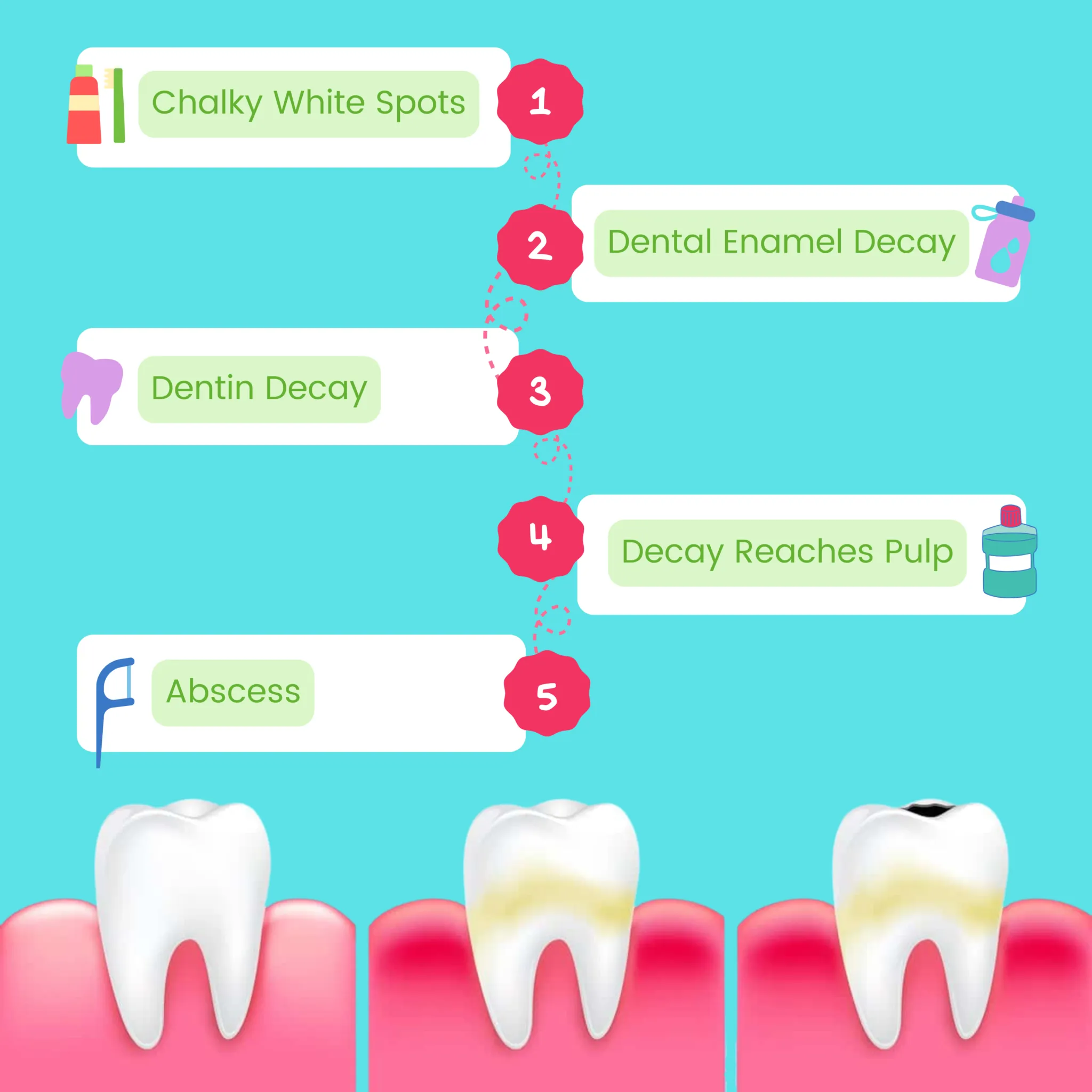A bright, white smile is often seen as a sign of health and vitality. However, the joy of a beautiful smile can be quickly overshadowed by the worry of tooth decay. This common dental issue affects millions worldwide, causing not only discomfort and pain but also impacting overall health and confidence. Fortunately, understanding the causes of tooth decay and implementing preventive measures can significantly reduce your risk. Moreover, knowing about teeth whitening options to improve the aesthetics of your smile is also important. This article will delve into the world of tooth decay, providing insights into its causes, effective prevention strategies, and ways to achieve a whiter, healthier smile.
Understanding Tooth Decay
Tooth decay, often referred to as cavities, is a progressive disease that damages the structure of your teeth. It begins with the breakdown of the hard outer layer of the tooth, known as enamel, and can progress to the deeper layers, including dentin and the pulp, which contains nerves and blood vessels. This process is irreversible, and if left untreated, tooth decay can lead to severe pain, infection, and even tooth loss. Understanding the mechanisms behind tooth decay is the first step toward effective prevention and treatment.
What Causes Tooth Decay
Tooth decay is primarily caused by a combination of factors, including bacteria in the mouth, frequent snacking, and poor oral hygiene. When you consume foods and drinks high in carbohydrates (sugars and starches), these foods feed the bacteria in your mouth. These bacteria produce acids that erode the enamel of your teeth, leading to the formation of cavities. The longer these acids are in contact with your teeth, the greater the risk of decay.
The Role of Bacteria

The mouth is home to a vast ecosystem of bacteria, some of which are harmful to your teeth. Streptococcus mutans is a particularly aggressive type of bacteria that plays a significant role in the development of tooth decay. This bacteria converts sugars from the food you eat into acids. This acid attacks the enamel on your teeth. Over time, repeated acid attacks weaken the enamel, creating small holes or cavities. This process highlights the importance of controlling the bacterial environment in your mouth through regular brushing, flossing, and professional dental cleanings.
Dietary Habits and Decay
Your diet significantly influences your risk of tooth decay. Foods and drinks high in sugar and carbohydrates, such as candy, soda, and processed snacks, provide fuel for the bacteria in your mouth. Frequent snacking and sipping on sugary beverages throughout the day increase the amount of time that your teeth are exposed to acid attacks. Conversely, a balanced diet rich in fruits, vegetables, and whole grains can help protect your teeth. Certain foods, like cheese and other dairy products, can even help neutralize acids in your mouth.
Top 7 Ways to Prevent Tooth Decay
Preventing tooth decay involves a multifaceted approach that combines good oral hygiene with healthy lifestyle choices. By adopting these strategies, you can significantly reduce your risk of developing cavities and maintain a healthy, beautiful smile. Here are the top 7 ways to prevent tooth decay:
Brush and Floss Regularly
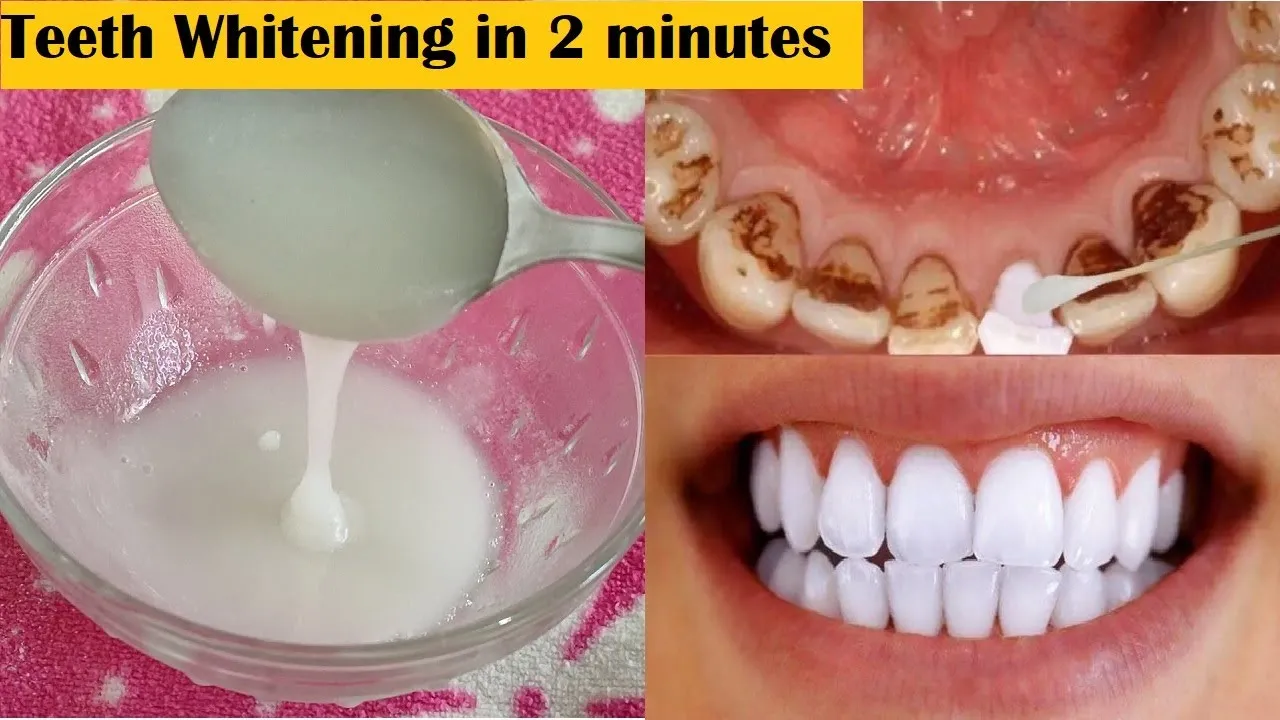
Brushing your teeth at least twice a day with fluoride toothpaste is crucial for removing plaque and food particles that harbor decay-causing bacteria. Flossing daily is equally important because it removes plaque and food debris from between your teeth, where your toothbrush cannot reach. This combination is the foundation of good oral hygiene and helps to prevent the buildup of harmful acids.
Use Fluoride Toothpaste
Fluoride strengthens tooth enamel, making it more resistant to acid attacks. When you brush with fluoride toothpaste, the fluoride is absorbed into the enamel, helping to remineralize it. This process repairs early stages of tooth decay and makes your teeth less susceptible to future damage. Choose a toothpaste with a high fluoride concentration for maximum protection.
Limit Sugary Snacks and Drinks
Reduce your intake of sugary snacks, candies, and sweetened beverages. These foods provide the fuel that bacteria need to produce acids. If you consume sugary treats, do so in moderation and at mealtimes rather than snacking throughout the day. This reduces the duration of acid exposure on your teeth. Opt for healthy snack alternatives, such as fruits and vegetables.
Visit Your Dentist Regularly
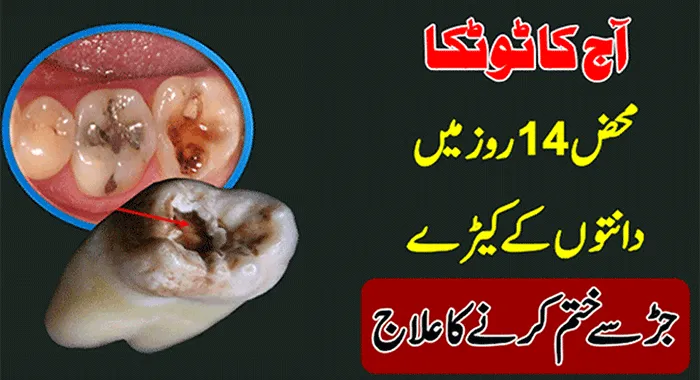
Regular dental check-ups and professional cleanings are essential for preventing and detecting tooth decay early. Your dentist can identify early signs of decay and provide treatments, such as fluoride applications, to strengthen your teeth. Professional cleanings remove plaque and tartar that you may miss with your toothbrush. The recommendation is to visit your dentist at least twice a year.
Consider Dental Sealants
Dental sealants are a protective coating applied to the chewing surfaces of your molars, which are particularly susceptible to decay. The sealants act as a barrier, preventing food and bacteria from entering the tiny grooves and crevices of your teeth. This is an excellent preventive measure, especially for children and adolescents who are still developing their oral hygiene habits.
Drink Plenty of Water
Drinking water, especially fluoridated water, helps wash away food particles and bacteria from your teeth. Water also stimulates saliva production, which neutralizes acids and remineralizes tooth enamel. Drinking water after meals and snacks is an easy way to maintain a healthy oral environment. Staying hydrated is important for overall health, and it plays a significant role in oral hygiene.
Use Whitening Products
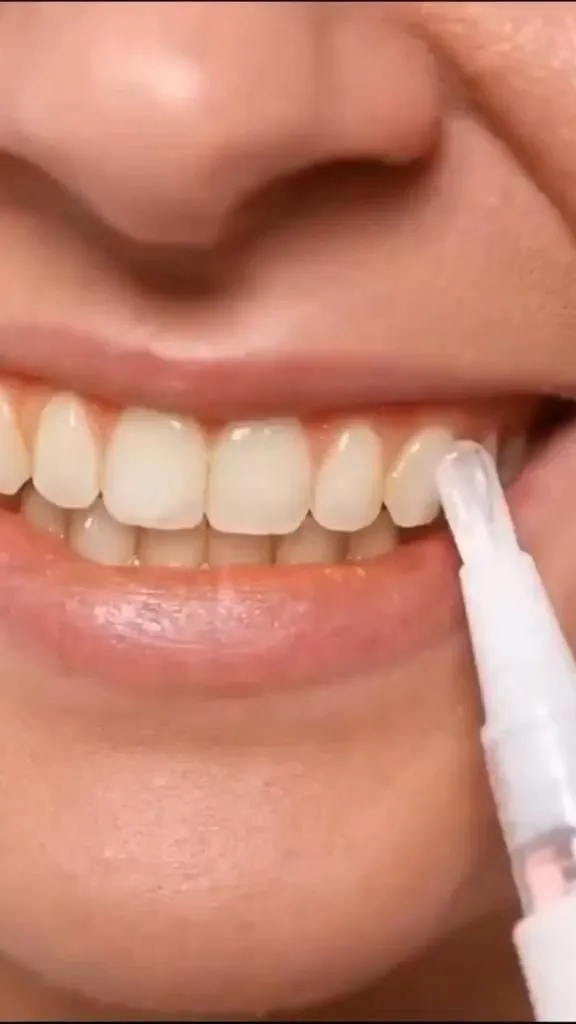
Teeth whitening can be a good choice because as part of your regular dental care routine, you can consult with a dentist, and he can recommend the best options, whether at-home or professional whitening treatments. Whitening can improve the appearance of your smile and boost confidence. However, it is important to remember that whitening products do not address the underlying causes of tooth decay and should be used in conjunction with other preventive measures. Choose a product that is suitable for your teeth and be aware of the potential side effects.
Benefits of Teeth Whitening
While preventing tooth decay is crucial for oral health, many people also desire a brighter, whiter smile. Teeth whitening offers several benefits beyond just aesthetics:
Improved Appearance
One of the most obvious benefits of teeth whitening is the improvement in the appearance of your smile. A whiter smile can make you look younger and more attractive, boosting your overall appearance. Discolored teeth can be caused by various factors, including aging, staining foods and drinks, and certain medications. Teeth whitening can effectively address these discolorations and restore your smile’s natural brightness.
Boosted Confidence
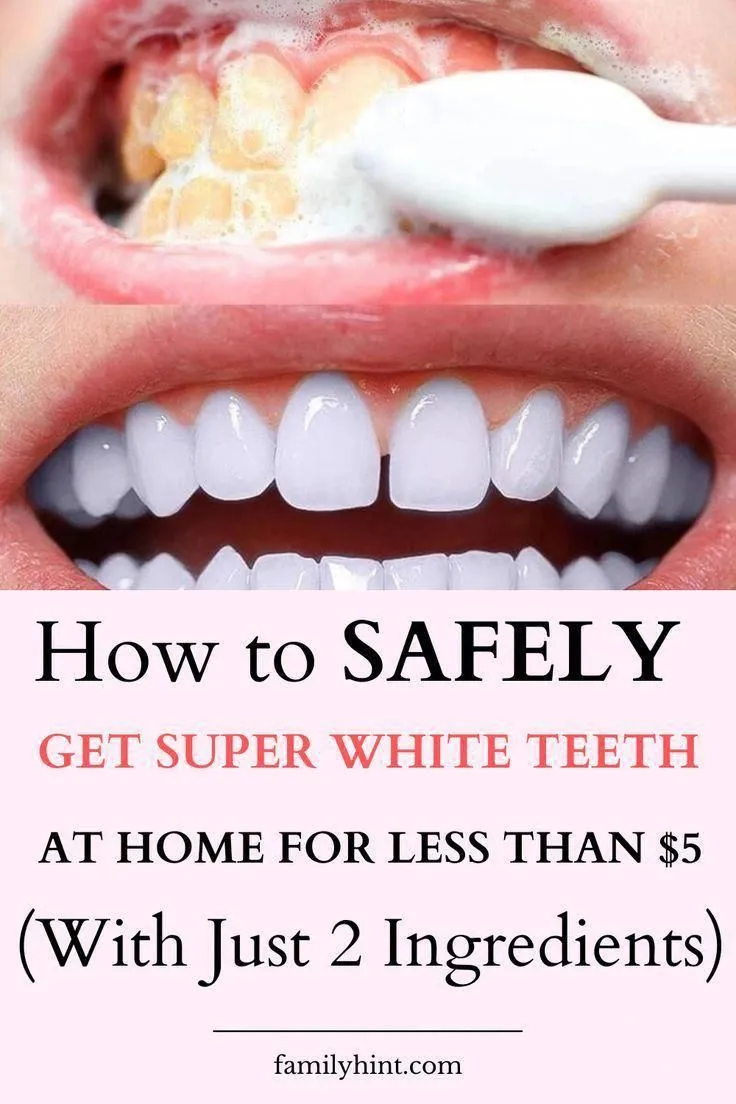
A brighter smile can significantly boost your self-esteem and confidence. When you are happy with the appearance of your teeth, you are more likely to smile and interact with others openly. This can have a positive impact on your social and professional life, helping you feel more confident in various situations.
Healthier Smile
While teeth whitening focuses on aesthetics, it can indirectly contribute to a healthier smile. When you invest in improving the appearance of your teeth, you are more likely to be motivated to maintain good oral hygiene habits. This can lead to a healthier mouth overall, including a reduced risk of tooth decay and gum disease.
Whitening Options
There are several options available for teeth whitening, each with its own advantages and disadvantages. The choice depends on your individual needs, preferences, and the extent of discoloration:
At-Home Whitening Kits
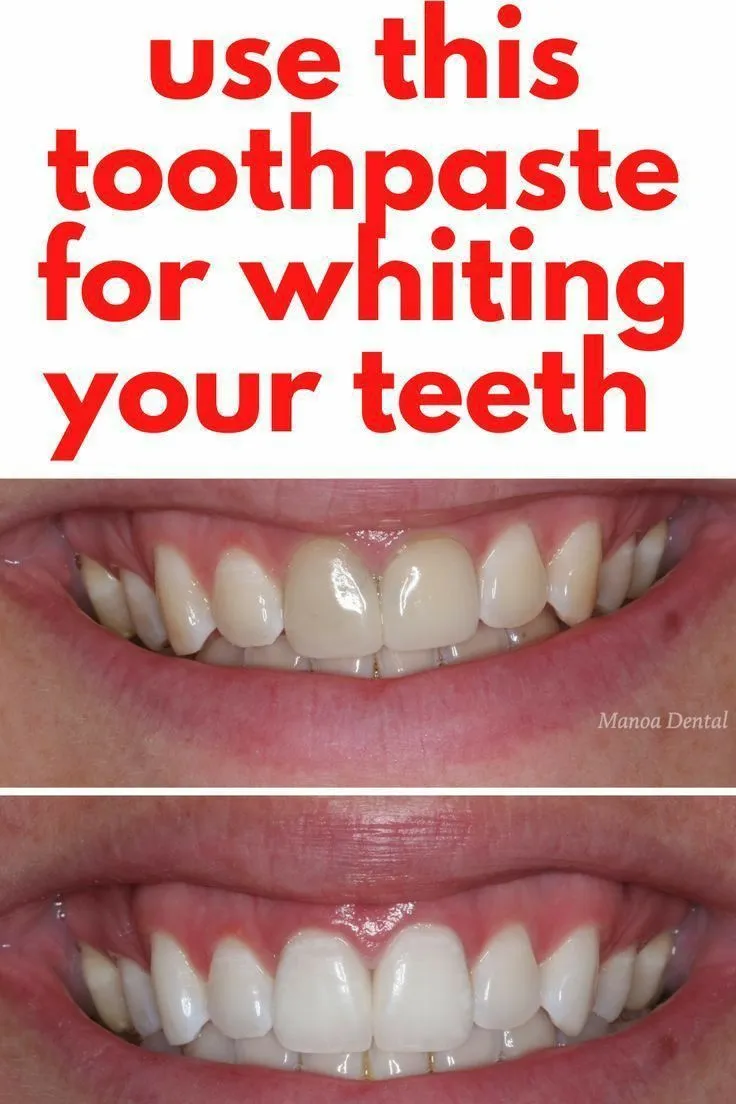
At-home whitening kits are readily available over the counter and typically include whitening strips, trays, or toothpastes. These kits are generally more affordable than professional treatments and can be convenient for those who prefer to whiten their teeth at home. However, the results may be less dramatic compared to professional treatments, and it is essential to follow the instructions carefully to avoid potential side effects, such as tooth sensitivity or gum irritation.
Professional Whitening Treatments
Professional teeth whitening treatments are performed by a dentist and typically involve a stronger whitening agent than at-home kits. This results in more noticeable and immediate results. Professional treatments can include in-office whitening, where a whitening gel is applied to your teeth and activated by a special light. Your dentist can also provide custom-fitted trays for at-home use, along with professional-strength whitening products. While professional treatments are more expensive, they are often more effective and can be tailored to your specific needs and desired results. It is recommended to consult your dentist about the best option for your particular situation.
Maintaining a White Smile
Once you have achieved a whiter smile, it is essential to maintain it. This involves ongoing good oral hygiene habits and avoiding factors that can cause staining.
Avoiding Staining Foods and Drinks
Certain foods and drinks are notorious for staining teeth. These include coffee, tea, red wine, dark-colored sodas, and berries. While you do not necessarily have to eliminate these items entirely, it is important to consume them in moderation and rinse your mouth with water after consuming them. Using a straw for drinks can help to minimize contact with your teeth.
Practicing Good Oral Hygiene
Continuing to practice good oral hygiene is crucial for maintaining a white smile and preventing tooth decay. Brush your teeth twice a day with fluoride toothpaste, floss daily, and visit your dentist regularly for check-ups and cleanings. This combination of consistent oral care habits helps to remove surface stains and keep your teeth healthy and bright.
In conclusion, preventing tooth decay and achieving a brighter smile go hand in hand. By understanding the causes of tooth decay and implementing effective preventive strategies, you can protect your teeth from damage and maintain a healthy, beautiful smile. Additionally, exploring teeth whitening options can enhance your appearance and boost your confidence. Remember that good oral hygiene is the foundation for a healthy mouth and a radiant smile. Consider talking to your dentist about the best plan for your oral health and how to achieve the smile you have always wanted.
